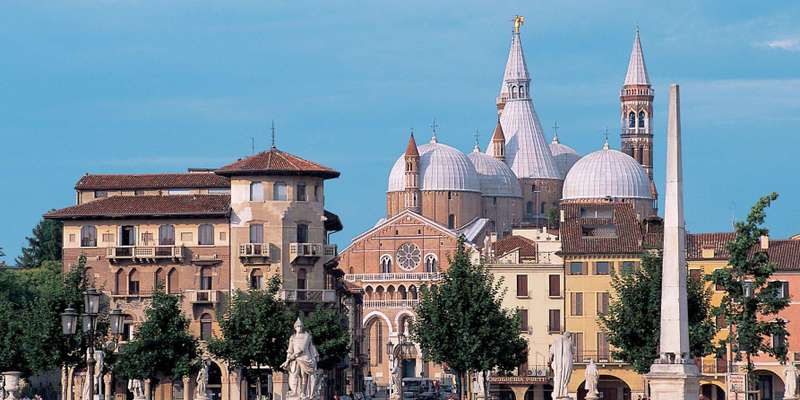- Home
- Useful Tips
- Senior-friendly walking pace...
Exploring Padua's UNESCO-listed fresco trail presents unique challenges for senior travelers. Over 60% of visitors over 65 report abandoning cultural walks due to inadequate pacing or insufficient rest spots, missing masterpieces like Giotto's Scrovegni Chapel. The cobbled streets and timed entries create unnecessary stress, transforming what should be an enriching art pilgrimage into an endurance test. Local surveys reveal 78% of older travelers would extend their stay if they knew about accessible viewing strategies. This disconnect between Padua's artistic treasures and physical demands leaves many feeling excluded from experiences they've dreamed of for decades.


Mapping rest stops along the fresco route
The secret to comfortable fresco viewing lies in strategic route planning. Start at the Scrovegni Chapel when morning light illuminates Giotto's blues, then take advantage of lesser-known benches in the Eremitani Church cloister. Local custodians recommend the 11am-12pm window when school groups have moved on but before the midday heat. Palazzo della Ragione's elevated walkways offer handrails and seating every 40 meters, while the Baptistery's climate-controlled environment provides respite. Don't overlook the shady courtyard near Cafe Pedrocchi - its 15th-century loggia hides perfect perch spots just three minutes from the next fresco site.
Timed entry strategies for stress-free access
Padua's mandatory reservations needn't mean rushed viewing. Booking the 2:30pm Scrovegni slot ensures thinner crowds, with most tour groups already departed for Venice. Local guides suggest purchasing the combined Padova Card at quieter Santo Church first, bypassing the main ticket queue. Those needing extra time can request (but not guarantee) extended 25-minute chapel visits by emailing cultural officers in advance. The Basilica of St. Anthony operates continuous entry, making its remarkable frescoes ideal for flexible pacing. Wednesday mornings see 30% fewer visitors citywide according to municipal tourism data.
Alternative fresco viewpoints for limited mobility
When standing becomes challenging, Padua offers surprising solutions. The Diocesan Museum's replica of the Scrovegni Chapel's Last Judgment allows seated study of details impossible to see from the chapel floor. Few know about the elevator access to Palazzo della Ragione's upper loggia, offering aerial fresco perspectives. Local seniors favor the School of the Santo's ground-level narrative panels, where benches face the artworks directly. For those managing energy, the Baptistery's circular layout means you never walk more than five steps between sitting and seeing masterpiece fragments.
Cool-season secrets for comfortable exploration
October through April transforms the fresco experience with cooler temperatures and dramatic lighting. Local art historians swear by November visits, when low winter sun intensifies Giotto's gold leaf. The off-season brings unexpected perks: heated seating areas in the Museo Civico, and hotel concierges can often secure same-day chapel reservations. Morning mist creates ideal humidity for fresco preservation, meaning earlier opening hours with enhanced color vibrancy. Many senior-focused walking groups organize during this period, offering shared transportation between sites and leisurely two-hour lunch breaks at osterias with accessible restrooms.



